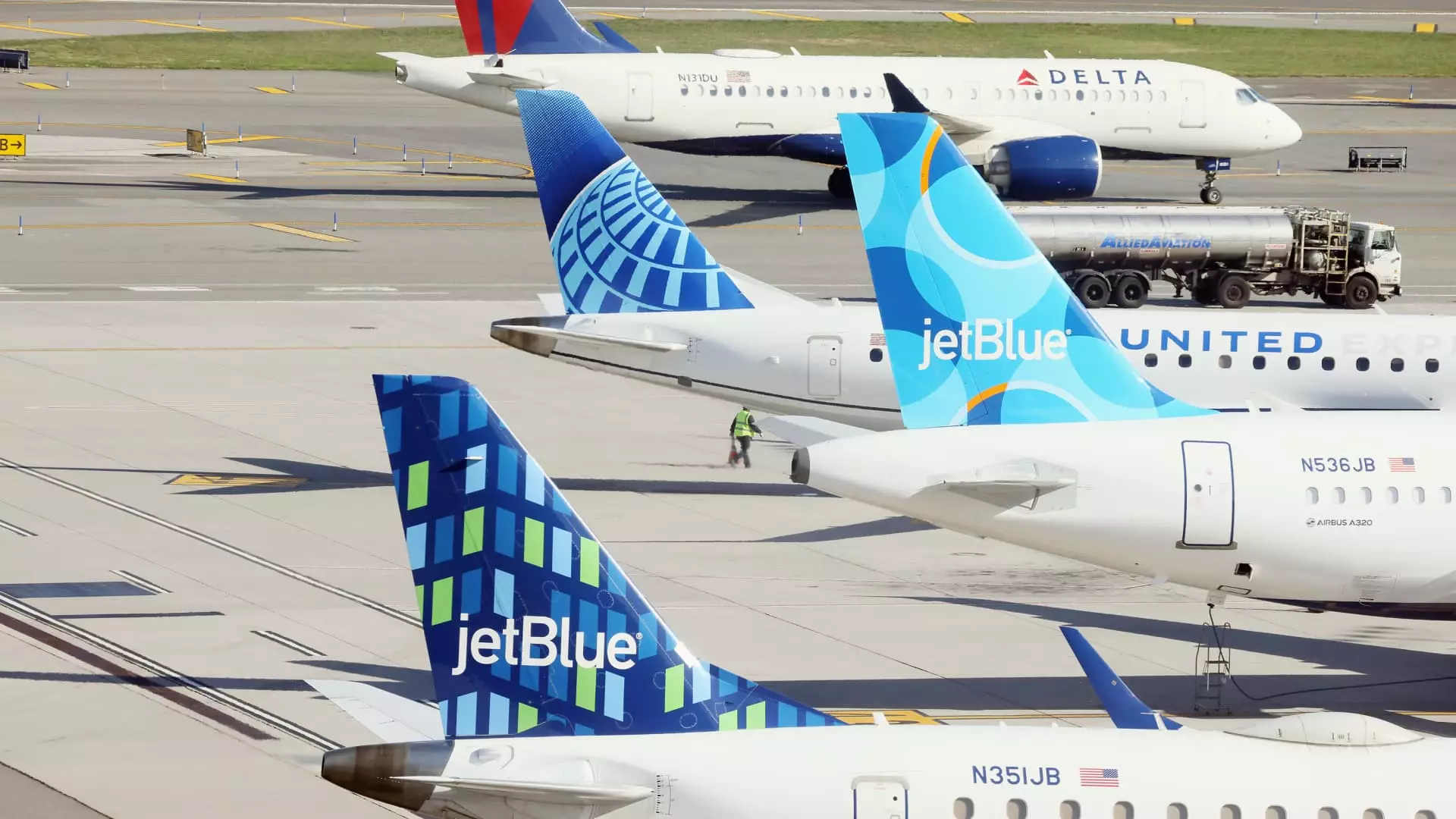U.S. airlines are making the strategic decision to reduce their capacity for the remainder of the year in an effort to address an oversupplied domestic market. This oversupply has resulted in lower fares and reduced profits for airlines, despite strong summer travel demand. According to Deutsche Bank, U.S. carriers have implemented significant week-over-week capacity reductions, amounting to almost 1% of their planned capacity for the fourth quarter. This reduction is projected to continue, with airlines expected to grow their flying by approximately 4% year over year in the final quarter of the year.
For passengers, the reduction in capacity could potentially lead to higher fares in the near future. The current market conditions, characterized by strong demand and excessive flights within the U.S. domestic market, have compelled airlines to scale back their growth plans. This adjustment is aimed at driving up fares for consumers while simultaneously improving airlines’ profitability. The recent U.S. inflation report revealed a decline in airfare prices, with a 5.1% drop from the previous year and a 5.7% decrease from May. By reducing capacity, airlines hope to strike a balance between profitable fares and consumer affordability, an essential factor given the overall decrease in consumer spending in other sectors.
Delta and United Airlines, in their third-quarter outlooks, expressed disappointment to investors. However, both airlines anticipated capacity pullbacks industry-wide in August, which could enhance their financial results. Similarly, Southwest Airlines foresees a potential decline in third-quarter unit revenue and recently announced plans to discontinue its open seating model in favor of introducing extra-legroom seats to boost revenue. American Airlines reported a significant profit decline in the second quarter and intends to reduce its capacity growth in the upcoming months, aiming for less than a 1% expansion in September compared to the previous year.
Low-cost and discount airlines have taken a more aggressive approach in eliminating unprofitable routes and reducing capacity. These carriers are projected to contract by 2.2% in the fourth quarter of this year in comparison to the same period in 2023, as per Deutsche Bank’s analysis. JetBlue Airways, for instance, has focused on terminating money-losing routes and reallocating aircraft to more popular city pairs. Meanwhile, Spirit Airlines faced challenges in the second quarter, with a wider-than-expected loss attributed to underperforming non-ticket revenue, such as fees for checked bags and seating assignments.
The airline industry’s focus on reducing capacity to enhance profitability can potentially result in higher fares for passengers. While the adjustment may lead to a better financial outlook for airlines, it is essential for carriers to strike a balance between competitive pricing and sustainable growth to maintain consumer interest and loyalty in the long term.

